Self closing hinges for exterior doors that solve your worries
Choose the best self closing hinges for exterior d...
More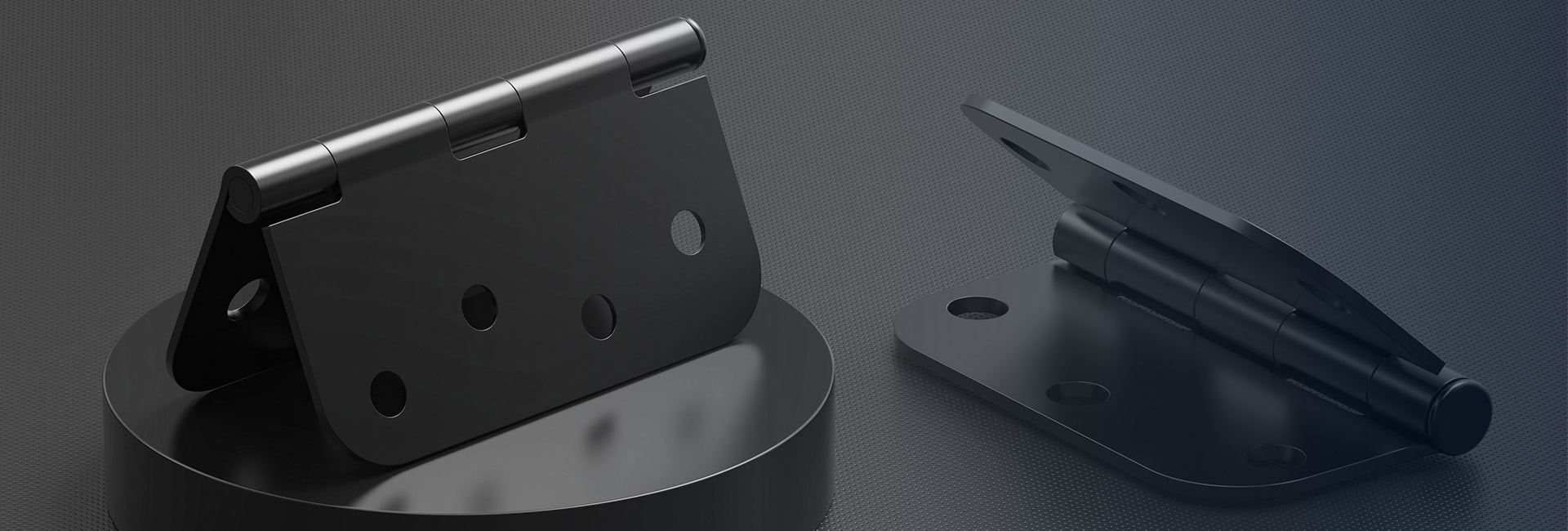

 40% Amazon Market Share
40% Amazon Market Share
 Door Hinges Brand on Amazon
Door Hinges Brand on Amazon
 Products Sold Worldwide
Products Sold Worldwide
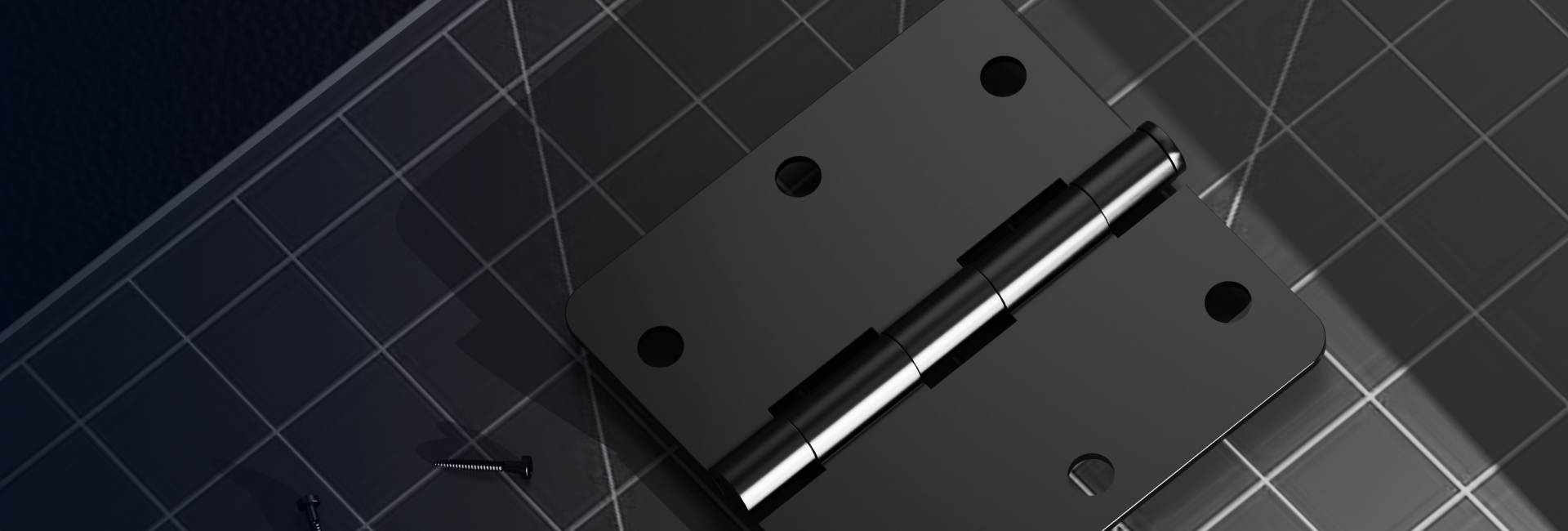

Entry door hinges are the fundamental, yet often overlooked, hardware components that connect your main entrance door to its frame, allowing it to swing open and closed smoothly and securely. They are the pivotal mechanism bearing the entire weight of the door, which is typically heavier and more substantial than interior doors, and are critical for both security and daily operation. Unlike hinges used on cabinets or lighter doors, entry door hinges are engineered for durability, strength, and resistance to forced entry. They consist of two leaves joined by a knuckle, which houses a pin, and are designed to withstand constant use, environmental elements, and potential stress. The primary function of an entry door hinge extends beyond mere movement; it ensures proper door alignment, maintains the door's gap with the frame, and plays a vital role in the overall security and energy efficiency of your home. Selecting the correct hinge is paramount, as a failure in this component can lead to a sagging door, difficulty in latching, compromised security, and increased wear on the door itself. From a technical perspective, the performance of an entry door hinge is measured by its load-bearing capacity, material composition, finish durability, and bearing type, all of which contribute to the long-term functionality and protection of your main entryway. Understanding the basic mechanics and importance of these hinges is the first step in making an informed decision for your home's security and curb appeal.
Entry door hinges are specialized hardware designed specifically for the demanding role of supporting exterior entrance doors. These doors are significantly heavier, often constructed from solid wood, fiberglass, or steel, and must withstand frequent use, weather fluctuations, and potential security threats. The hinges themselves are not a one-size-fits-all product; they are categorized by their material, finish, bearing type, and size to match the door's weight and the homeowner's security needs. Common materials include heavy-gauge steel, stainless steel, and brass, chosen for their strength and corrosion resistance. For instance, a typical 3-inch by 3-inch steel hinge can support a substantial amount of weight, with high-quality versions often tested to cycles in the hundreds of thousands to ensure they won't fail under normal use. The finish, such as oil-rubbed bronze or satin nickel, is not merely aesthetic; it is a protective layer, often applied through electrocoating or powder-coating processes, that prevents rust and weathering, which is crucial for exterior applications. From a functional standpoint, the bearing is the heart of the hinge's smooth operation. Standard entry door hinges often feature ball bearings, which reduce friction and wear, allowing a heavy door to swing effortlessly for years. Data from hardware manufacturers indicates that a well-maintained, high-quality ball-bearing hinge can last for decades, even with multiple daily operations. Furthermore, the design of the hinge, including the number of knuckles and the pin's construction, directly impacts security. Security hinges often feature non-removable pins or reinforced designs that prevent a potential intruder from simply knocking out the pin to remove the door. The installation is also critical; typically, three to four hinges are used on a standard entry door to distribute the weight evenly and prevent sagging. Industry standards, such as those from the Builders Hardware Manufacturers Association (BHMA), provide grades for hinges, with Grade 1 being the highest commercial grade, suitable for high-traffic entry doors. In summary, entry door hinges are a complex assembly of strength, engineering, and security features, working silently to ensure your main door operates reliably and protects your home effectively every single day.
The decision to invest in high-quality entry door hinges is a critical one, impacting not just the functionality of your door but the overall security, energy efficiency, and aesthetic value of your home. Choosing the right hinges is about selecting components that are specifically engineered to handle the unique stresses of an exterior entrance. Standard or inferior hinges can lead to a host of problems, including door sagging, which misaligns the latch and deadbolt, rendering your primary security features ineffective. A sagging door can create gaps that allow drafts, moisture, and even pests to enter, increasing energy costs and potential damage. High-performance entry door hinges are designed to prevent this. They are built with robust materials and precise engineering to bear the door's static load and the dynamic forces of opening and closing. For example, data from leading hinge manufacturers shows that a Grade 1 hinge can support a door weighing over 300 pounds and is tested to withstand over 1.5 million cycles without failure, a level of durability far exceeding that of basic interior hinges. Beyond pure mechanics, the choice of hinge directly affects home security. Security-focused hinges come with features like non-removable pins, which require special tools for disassembly, or ball-bearing mechanisms that make it extremely difficult to force the door open from the hinge side. This is a crucial layer of protection, as a vulnerable hinge can be a weak point in your home's defense. Furthermore, the right hinge ensures smooth, quiet, and effortless operation, enhancing the daily user experience and preventing strain on the door frame. The finish on a quality hinge is also designed to resist corrosion from rain, snow, and UV exposure, maintaining its appearance and structural integrity for years. In essence, choosing dedicated entry door hinges is not an optional upgrade; it is a fundamental requirement for ensuring that your front door—the primary barrier between your home and the outside world—functions as a secure, efficient, and reliable component of your house's structure. It is an investment in long-term performance, safety, and peace of mind.
Select the most popular foreign trade service products to meet your diverse needs
Learn more about the dynamics and professional knowledge of the foreign trade industry

Choose the best self closing hinges for exterior d...
More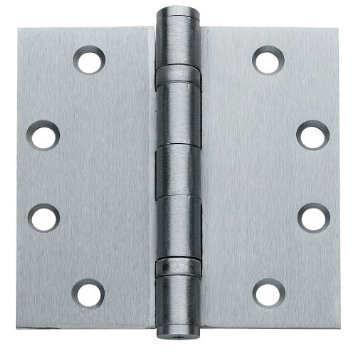
Choose stainless steel weld on hinges by matching ...
More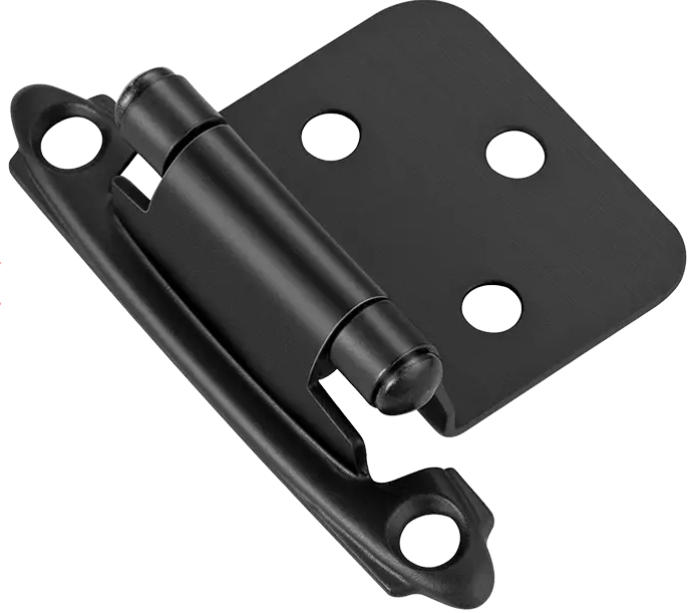
Compare soft closing interior door hinges vs self ...
More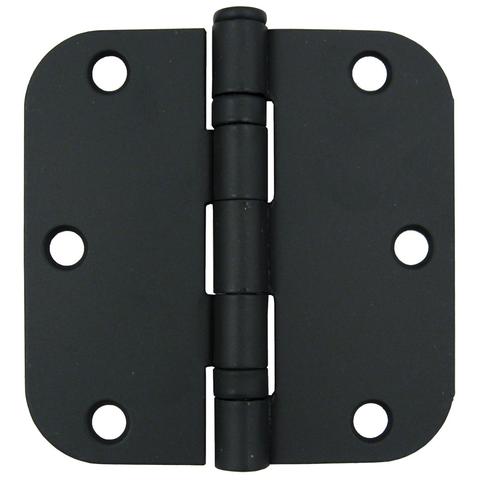
Boost home safety with security door hinges. Learn...
More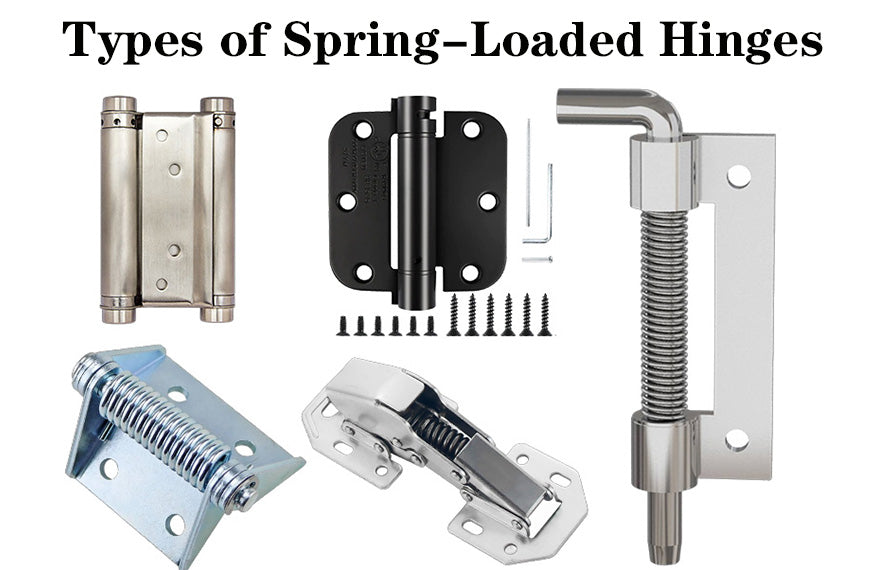
You will find these hinges on entry doors, interio...
More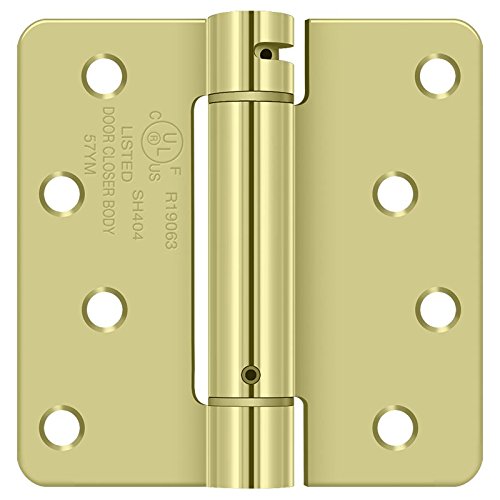
Residential security hinges strengthen doors, prev...
MoreSelect the most popular foreign trade service products to meet your diverse needs
Explore more content related to foreign trade services

Tel: +8613325838282
Add: 6265 Providence Way Eastvale,CA 92880
User Comments
Service Experience Sharing from Real Customers
Michael Rodriguez
Property ManagerThese entry door hinges are incredibly durable and smooth-operating. The finish matches our building's hardware perfectly and they've held up beautifully with heavy daily use.
Sarah Chen
Home Renovation ContractorExceptional quality hinges! The precision engineering is evident in how perfectly they align doors. My clients have been very pleased with the professional finish and reliability.
David Thompson
Facility Maintenance SupervisorSolid construction and easy installation. These hinges have significantly reduced our maintenance calls for door alignment issues. The only minor drawback was the packaging could be more protective.
Jennifer Walsh
Architectural DesignerAs someone who specifies hardware for high-end residential projects, I'm impressed with both the aesthetic appeal and functional performance of these hinges. They provide the perfect balance of style and substance.